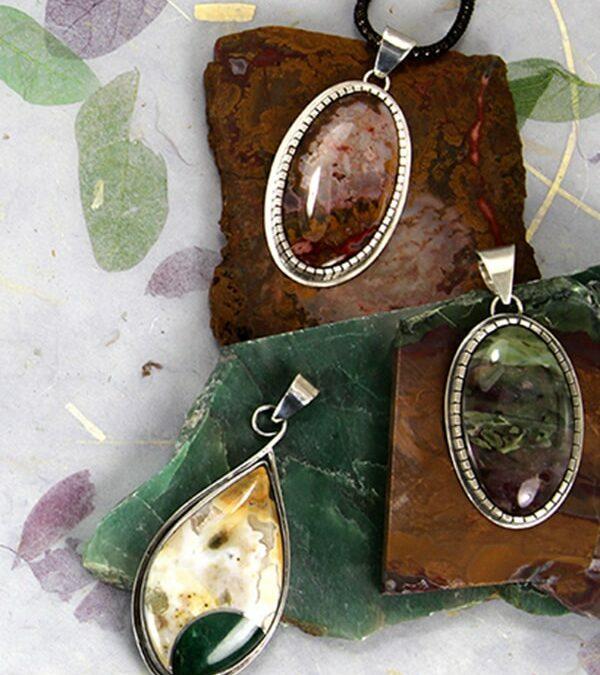The world of gemstones is vast and fascinating, with each stone possessing unique characteristics and uses. One such gemstone that has intrigued enthusiasts for centuries is the cabochon stone. This blog post aims to delve into the intriguing world of this stone cabochon, exploring its uses, significance, and why it’s so cherished in various industries.
What is a Cabochon Stone?
Before we delve into its uses, it’s crucial to understand what a cabochon stone is. The term ‘cabochon’ comes from the French word ‘caboche’, meaning ‘small dome’. A cabochon stone refers to a gemstone that has been shaped and polished as opposed to being faceted. Unlike other gems that are intricately cut to enhance their brilliance or color, the cabochon stone boasts a smooth rounded top with a flat or slightly domed base.
Cabochons can be made from almost any gem material, including precious and semi-precious stones like ruby, sapphire, opal, turquoise, moonstone, and more. The beauty of these stones lies in their simplicity; their smooth surface allows for an unobstructed view into the depths of the stone.
Uses of Cabochon Stones
- Jewelry Making – The primary use of cabochons is in jewelry making. Their smooth finish and variety of colors make them ideal for creating stunning pieces like rings, necklaces, bracelets, earrings or broaches. They are often set in bezels or prong settings that hold them securely while showcasing their beauty.
- Healing and Meditation – Beyond aesthetics, many people believe in the healing properties of stones. Certain types of cabochons are used in crystal healing practices due to their perceived ability to balance energy or promote specific physical or mental health benefits.
- Decorative Art – Cabochon stones are also used in decorative art. Their unique shapes and colors make them perfect for embellishing furniture, creating mosaics, or even as standalone pieces of home décor.
- Watchmaking – In the world of horology, cabochon stones often find their place as decorative elements on watch crowns or dials, adding a touch of luxury and elegance to timepieces.
The Significance of Cabochon Stones
The cabochon cut is the oldest method of cutting gemstones. Historically, cabochons were used to adorn swords, shields, and crowns. They were also worn as amulets and talismans due to their supposed protective properties.
In modern times, the significance of cabochon stones extends beyond their historical uses. They are cherished for their natural beauty and the way they showcase a stone’s inherent characteristics. For instance, certain stones like opals or moonstones display a phenomenon called adularescence (a glowing or billowing effect) that is best viewed in a cabochon cut.
Why Choose Cabochon Stones?
Choosing a cabochon stone over a faceted one is often a matter of personal preference. However, there are several reasons why you might opt for this type of stone:
- Unique Aesthetics: The smooth surface and rounded shape offer an alternative to the traditional sparkle of faceted gems.
- Showcases Phenomena: Some gemstones display unique optical effects that are best viewed in cabochon cuts.
- Durability: The absence of sharp edges makes these stones less prone to chipping or damage.
- Affordability: Generally speaking, cabochons tend to be less expensive than their faceted counterparts.
Whether you’re drawn to the unique aesthetics of a stone cabochon or intrigued by its historical significance and potential healing properties, there’s no denying the allure these gemstones hold. From jewelry making to watchmaking, decorative art to meditation practices, the uses of cabochon stones are as varied as the stones themselves. Their timeless appeal and versatility make them a cherished choice for gem enthusiasts around the world. Check out some of the cabochons available in my online store.











